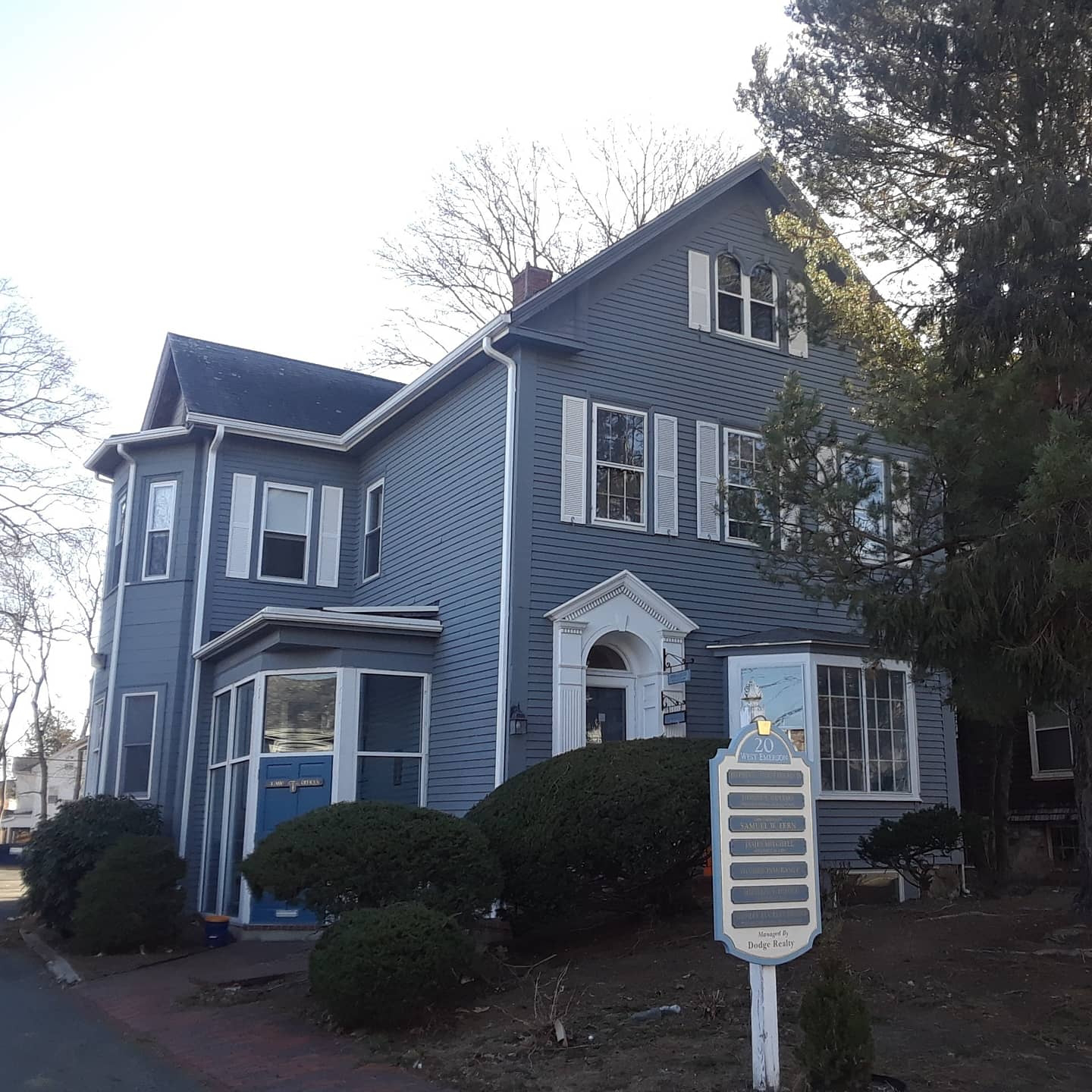Today is National Vietnam War Veterans Day, and we are remembering Cpl. Scott Frederick Andresen.
Scott grew up on the East Side of Melrose, living first at 219 East Foster Street, later moving around the corner to 28 Larrabee Street. He attended the Washington School. When he was in fifth grade, his class wrote letters to Nikita Khrushchev, and his was one of several selected to be printed in the Boston Herald. He ended his letter with “Goodbye, and I hope there isn’t war!”
The next year, his mother, Edith, died of cancer at age 38. His father, Fred, was soon remarried, to Susan Abruzzese, who became a new mother to Scott. She would later recall that he enjoyed reading, sports, and “just loved his home.”
Scott graduated from Melrose High School in 1967. After spending a year working at the First National store in Malden, he decided to sign up for a three-year tour of duty with the army. He passed the qualifying exam to enter West Point, but volunteered to go to Vietnam. His father said “He felt it was his duty.”
He deployed on April 20, 1969. At Logan airport, he told his mother “You wait, someday I’m going to make you the proudest mother in the world.”
Three weeks later, at 7:20 AM on May 13, he was killed. He was 20. Two days later, at 6 AM, his parents were informed of his death by a knock on their door at 28 Larrabee. He was their only child.
His mother told the Boston Globe “I think it is a big waste. I don’t believe he had a chance. They should have trained him before they put him out there. He wasn’t trained as a machine gunner. He was in Vietnam two weeks. Two weeks.”
Fred died in 1981. Susan died in 2016, at age 94.
In 1973, following the signing of the Paris Peace Accords, reporter Jeremiah V. Murphy of the Boston Globe, who had for years covered the deaths of Vietnam War soldiers and sailors, assessed the war in an op-ed titled “The Price Was Too Awful.” One of his supporting arguments was “the grey despair on the faces of the parents of Army Pfc. Scott Andresen of Melrose.”
Never forget.

















































